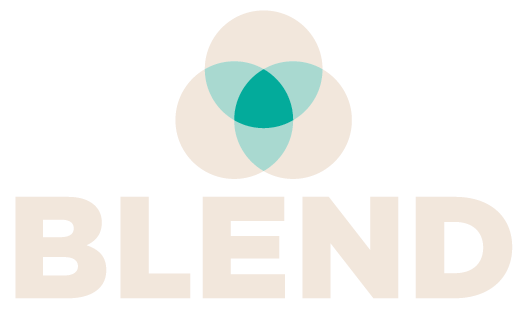Gamification in learning and training involves the application of game design elements in non-game contexts to enhance user engagement, motivation, and participation. As of 2024, gamification has been widely adopted across various educational and professional fields, proving to be an effective strategy to boost learner engagement and improve educational outcomes.
Core Elements of Gamification
The key elements of gamification include points, badges, leaderboards, challenges, and levels. These elements are designed to tap into the natural human desires for competition, achievement, and social interaction. Points reward learners for completing tasks and help track progress, while badges serve as symbols of accomplishments. Leaderboards stimulate competition by displaying participant rankings, encouraging learners to put forth more effort. Challenges and levels help structure the learning experience, making it more engaging by gradually increasing difficulty.
Motivation and Engagement
One of the primary benefits of gamification is its ability to motivate learners. By incorporating elements of play and competition, gamification makes the learning process more enjoyable and less monotonous. This is particularly important in contexts where learning material can be dry or highly technical. Gamification introduces a fun factor, which can significantly increase learner engagement and time spent on learning tasks.
Real-World Applications
In corporate settings, gamification is used for both onboarding new employees and continuous professional development. Gamified learning platforms can simulate real-life scenarios that employees might face, providing a safe space for practice and improvement. For example, customer service reps can engage in role-play scenarios where they accumulate points for successfully handling difficult customer interactions.
In academic environments, gamification can transform traditional education by making it interactive and adaptive. Educators can use game mechanics to tailor difficulties according to individual student’s learning speeds, thereby accommodating varying levels of ability within a single classroom. Gamification also encourages active learning, where students are not passive recipients of information but active participants in their learning journey.
Feedback and Adaptability
Immediate feedback is another advantage of gamified learning, allowing learners to understand what they know and what they need to focus on almost instantly. This immediate reinforcement helps in solidifying learning and correcting misconceptions quickly, which is often not possible in traditional learning environments.
Furthermore, gamification can adapt to the needs of diverse learners. For instance, game-based learning environments can be designed to include various paths or learning styles, catering to different preferences and capabilities. This adaptability makes learning more inclusive and effective.
Challenges and Considerations
Despite its benefits, gamification is not without challenges. Poor implementation of gamification can lead to overemphasis on competition, potentially discouraging some learners. Additionally, if the game elements are not well-aligned with the learning objectives, they may distract rather than enhance learning.
Future Trends
Looking ahead, the use of sophisticated analytics and artificial intelligence in gamification is likely to grow. These technologies can enhance the personalization of gamified learning, adjusting in real-time to fit the pace and progress of each learner. Furthermore, the integration of virtual reality and augmented reality into gamified learning environments could provide even more immersive and interactive experiences.
In conclusion, when implemented effectively, gamification in learning and training can lead to higher engagement, improved motivation, and better learning outcomes. Its adaptive nature and capacity to provide immediate feedback make it a valuable tool in modern educational and professional training contexts.

